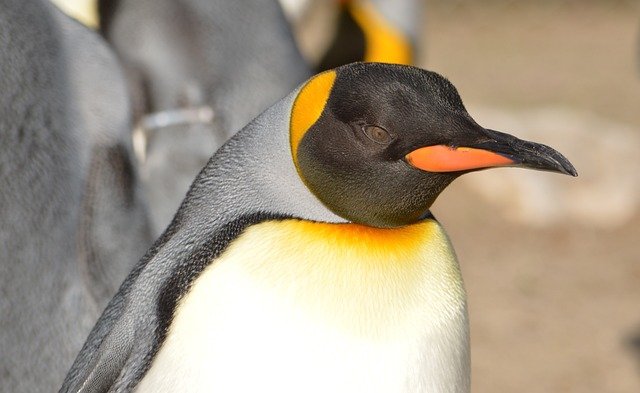
The Remarkable Resilience of Penguins: Adapting to Climate Change
As climate change continues to reshape our planet, many species face unprecedented challenges. Among them, penguins—a group of flightless birds primarily found in the Southern Hemisphere—exhibit remarkable resilience and adaptability. This post explores how these fascinating creatures are coping with the shifting climate and what it means for their future.
Understanding Penguin Habitats
Penguins thrive in some of the harshest environments on Earth, from the icy shores of Antarctica to the temperate coasts of South America, Africa, and New Zealand. Their unique adaptations, such as thick layers of blubber and specialized feathers, allow them to endure extreme cold and navigate icy waters.
Key Adaptations
Thermoregulation: Penguins have a specialized circulatory system that helps them maintain body heat. Their dense feathers trap air, providing insulation against frigid temperatures.
Social Behavior: Many penguin species, like the Emperor and Adélie penguins, exhibit strong social structures. They huddle together to conserve warmth and protect themselves from harsh winds.
Foraging Skills: Penguins are excellent divers and can reach depths of over 500 meters in search of food. Their ability to adapt their foraging techniques based on prey availability is crucial for survival.
Challenges Posed by Climate Change
Despite their resilience, penguins are not immune to the impacts of climate change. Rising temperatures, melting ice, and changing ocean currents pose significant threats to their habitats and food sources.
Major Threats
Melting Ice: As sea ice diminishes, penguins lose crucial breeding and feeding grounds. Species like the Emperor penguin rely on stable ice platforms for raising their chicks.
Ocean Acidification: Increased CO2 levels lead to ocean acidification, which affects the availability of krill and other prey species that penguins depend on for survival.
Altered Food Webs: Climate change disrupts marine ecosystems, leading to shifts in prey populations. Penguins may struggle to find food if their usual hunting grounds become less productive.
Signs of Resilience
Despite these challenges, penguins have shown remarkable resilience in several ways:
Adaptive Behaviors
Changing Breeding Times: Some species are adjusting their breeding schedules in response to changing environmental conditions, ensuring their chicks have access to food during critical growth periods.
Exploring New Foraging Areas: Penguins are expanding their foraging ranges as traditional feeding grounds become less viable, showcasing their ability to adapt to new environments.
Conservation Efforts
Conservation organizations are working tirelessly to protect penguin habitats and mitigate the effects of climate change. Initiatives include:
Marine Protected Areas: Establishing protected zones to safeguard critical feeding and breeding habitats from human activity.
Research and Monitoring: Ongoing studies help track penguin populations and their responses to environmental changes, informing conservation strategies.
Community Engagement: Raising awareness about the plight of penguins and involving local communities in conservation efforts fosters a sense of stewardship and responsibility.
Conclusion
The resilience of penguins in the face of climate change is a testament to their adaptability and strength. While they face significant challenges, ongoing research and conservation efforts can help ensure their survival. By understanding and supporting these remarkable birds, we can contribute to a healthier planet for all species.
Join the Conversation
What are your thoughts on the resilience of penguins? Have you had any experiences with these incredible birds? Share your stories and insights in the comments below!
